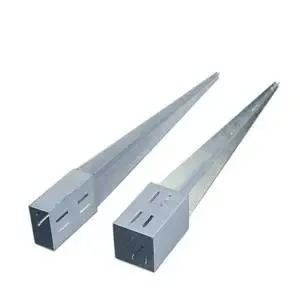The operation of a PRV is based on a simple yet effective mechanical principle. When the inlet pressure exceeds the setpoint of the valve, the internal mechanism adjusts to reduce the pressure to the desired level. Typically, this involves the use of a spring-loaded diaphragm or piston that moves in response to changes in pressure. As the upstream pressure increases, the diaphragm is pushed against the spring force, causing the valve to partially close until the outlet pressure stabilizes at the preset value.




